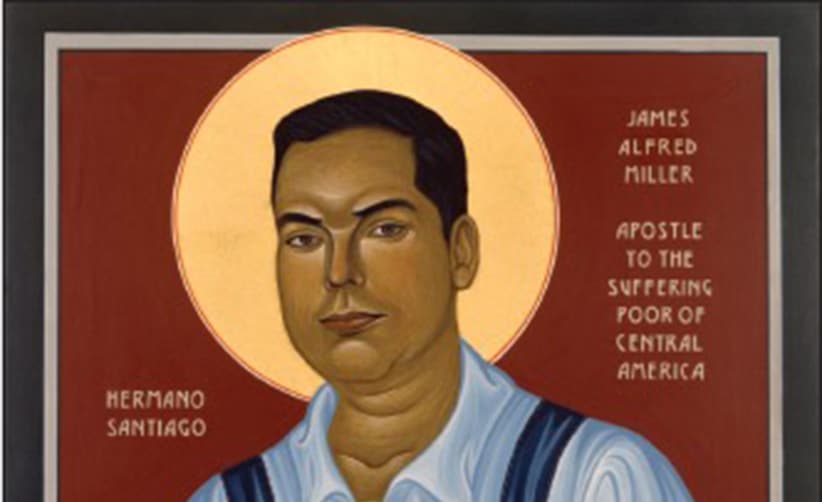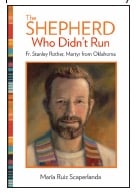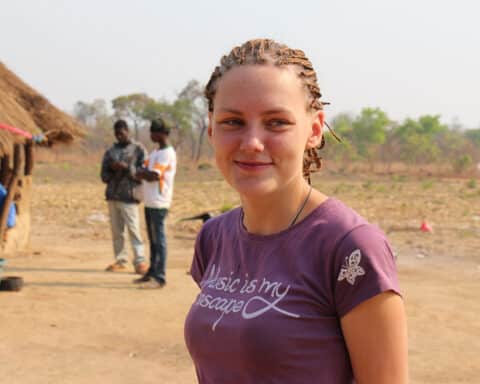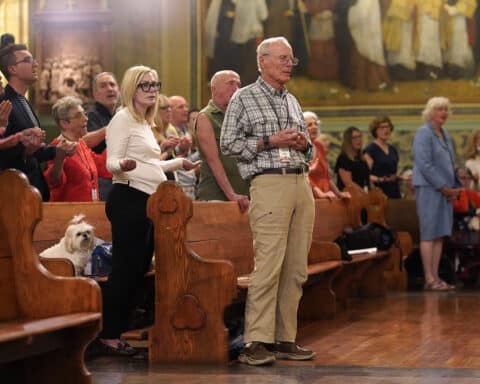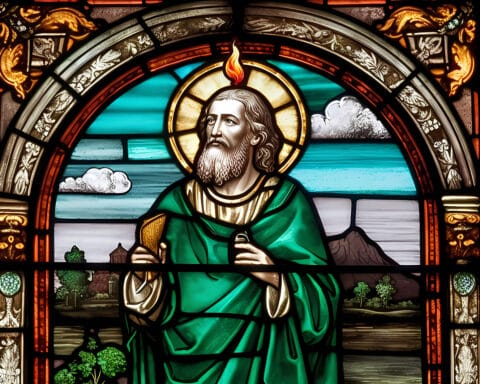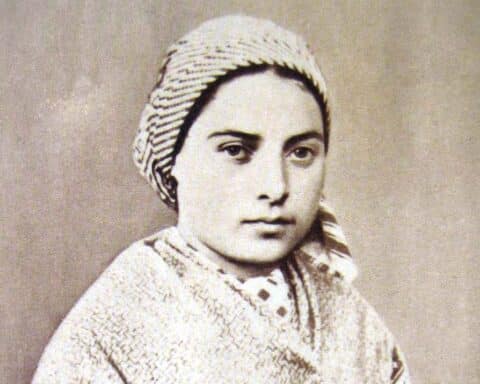Christian Brother James Miller has been declared a martyr of the Catholic faith, officially recognized as such by Pope Francis on Nov. 7. The Wisconsin native becomes just the second native-born American so designated, after Blessed Stanley Rother of Oklahoma (see sidebar), who was beatified in 2017. Brother Miller was shot by three unidentified men in Guatemala on Feb. 13, 1982.
The papal decree recognizing Brother Miller’s martyrdom completes an investigatory phase leading toward canonization that began in 2009. His beatification — which is slated for 2019 and which will be the fourth to be held on American soil — will make Brother Miller the first lay male religious from America to be declared blessed.
Brother Miller’s death came almost seven months after Father Rother was killed in the same country.
Born in Stevens Point, Wisconsin, in 1944, Brother Miller entered the Institute of the Brothers of Christian Schools, otherwise known as the Christian Brothers, upon completing high school. He professed perpetual vows in 1960.
Initially assigned to high school ministry in Minnesota, Brother Miller coached football in addition to teaching Spanish, English and religion. He also directed maintenance for the facility, earning him the moniker “Brother Fix-It.”
Subsequently, Brother Miller spent time in Nicaragua, where he taught and directed a vocational school, which doubled in size under his leadership and included construction of nearly a dozen schools on the outskirts. The Sandanista revolution caused great difficulty for all in Nicaragua, a time during which Brother Miller’s life was endangered. He was reassigned back to Minnesota, but he longed to return to Central America.
In early 1981, Brother Miller was assigned to Guatemala. There he taught in the western Guatemalan city of Huehuetenango. He was attentive to the suffering and oppression of the natives there, and focused on providing job-skills training among their youth. He would take on the most ordinary of tasks willingly, from sweeping floors to doing dishes. Or he would utilize his conversation skills to attempt negotiations with politicians and he exhibited community leadership in organizing a fire department.
| What is a Martyr? |
|---|
|
Men and women of all times and places are raised up by God’s grace to bear witness to the Gospel. In all the followers of Christ is found a cost associated with discipleship. And attached to it is the reward the Lord promises: “whoever loses his life for my sake will find it” (Mt 16: 25). The disciple’s life, then, is characterized by total self-abandonment to God. Those who achieve this to a heroic degree are the saints. Their greatest treasure is a deep, abiding relationship with the Lord and an undying love for the Faith he gave us. The saints, then, practice their faith robustly, unable to hold back from sharing it in any way.Saints will not abandon their faith, no matter the cost. Saints endure suffering in one form or another, which the Lord tells his believers to expect (see Lk 9: 23). Some are martyrs — those who pay discipleship’s highest price by shedding their blood. The word “martyrdom” finds its roots in the Greek for “testimony.” By shedding their blood, martyrs give testimony to the Faith, lending credibility to the Gospel, leading others to believe. As the early Church Father Tertullian once wrote, “The blood of the martyrs is the seed of the Church.” An intensive ecclesial investigatory process precedes the declaration of a martyr in the Church, resulting in proof that the martyr’s death comes as the result of hatred for Catholic faith. |
Surviving writings from Brother Miller show he was keenly aware of the plight of the poor and underprivileged Guatemalan natives he served. “Many selfish, blind and hardened hearts must be converted to the love of Christ before a lasting solution can be found. Armed force will not solve the problems; only dialogue and mutual understanding can be viable solutions,” he wrote.
It is clear Brother Miller’s love for the poor and his desire to serve them in the name of Christ is what brought about his death. He was fully aware that his ministry could result in death. “I am personally weary of violence, but I continue to feel a strong commitment to the suffering poor of Central America. ‘God’s ways are not man’s ways,’ says the Bible. God knows why he continued to call me to Guatemala, when some friends and relatives encouraged me to pull out for my own comfort and safety,” he wrote.
Brother Miller was shot and killed by three hooded men while he was atop a ladder repairing a wall as students of De La Salle Indian School in Huehuetenango were looking on. He was 37 years old at the time of his death. Brother Miller’s assassins were never identified, and the investigation was closed after the government concluded “subversive criminal elements” were to blame. And after funeral ceremonies in Guatemala and Minnesota, Brother Miller was buried in his native Wisconsin, in the Diocese of La Crosse.
Michael R. Heinlein is editor of OSV’s The Catholic Answer.
| Blessed Stanley Rother |
|---|
|
Stanley Francis Rother was born on March 27, 1935, in Okarche, Oklahoma, to a German Catholic farming family. In this simple life, the Rother family’s deep devotion to the Faith set the foundation for his vocation to the priesthood. At age 23, Rother flunked his first year of seminary due to difficulties learning Latin. However, through dedication to his calling, he was allowed to continue studying at a different seminary, and in 1963 he was ordained a priest.
During the time Father Rother was in Guatemala, the country suffered under civil war, leading to unrest and violence. In 1981, the priest traveled back to Oklahoma when his name was added to a death list in Guatemala. However, he soon returned to his mission, living his own words that, “The shepherd cannot run at the first sign of danger.” On July 28 of that year, he was shot in the head while at his mission rectory. Father Rother was declared a martyr for the Faith by Pope Francis in 2016, and he was declared blessed the following year, making him the first American martyr and the first priest from the United States to be beatified. Find out more about the priest who ministered to the people of Guatemala through the book “The Shepherd Who Didn’t Run” (OSV, $19.95) by María Ruiz Scaperlanda. For more information and to purchase the book, go to osvcatholicbookstore.com. |

